Blanc’s Work is the Latest Addition to their Exemplary Green Initiatives
Bengaluru, November 8: Bengaluru’s Kempegowda International Airport (BLR Airport) has taken an innovative step in green infrastructure, launching a grand-scale vertical garden named ‘Tiger Wings’. The brainchild of Patrick Blanc, a French botanist recognized worldwide for his vertical garden techniques, Tiger Wings is not only the largest such project by Blanc in India but a distinctive representation of T2’s ethos – combining art, technology, sustainability and nature. The 30-feet-high and 160-feet-wide installation integrates nature and modern infrastructure to transform the travel experience at Terminal 2 (T2).
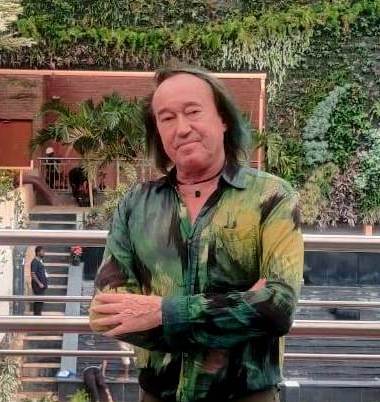 Patrick Blanc – The Green Artist-Scientist
Patrick Blanc – The Green Artist-Scientist
Blanc is a celebrated botanist and researcher at the French National Centre for Scientific Research (CNRS), and is renowned for inventing the concept of vertical gardens, transforming urban landscapes with lush, living walls. Blanc’s expertise in plant biology, especially his study of how plants naturally grow on cliffs and in water-limited environments, has inspired his innovative soilless gardening technique, where he uses layers of felt to grow hydroponic plants. His unique designs are patented as works of art.
Blanc is known to have designed iconic installations worldwide, including at the Musée du Quai Branly in Paris, Caixa Forum in Madridand Singapore’s Changi Airport. His unique approach not only brings greenery to concrete spaces but also improves air quality, supports biodiversityand promotes sustainability.
Talking about the BLR project, Blanc said, “This project transforms the travel experience, rejuvenates the environment and preserves the rich tapestry of the natural world that surrounds us.”
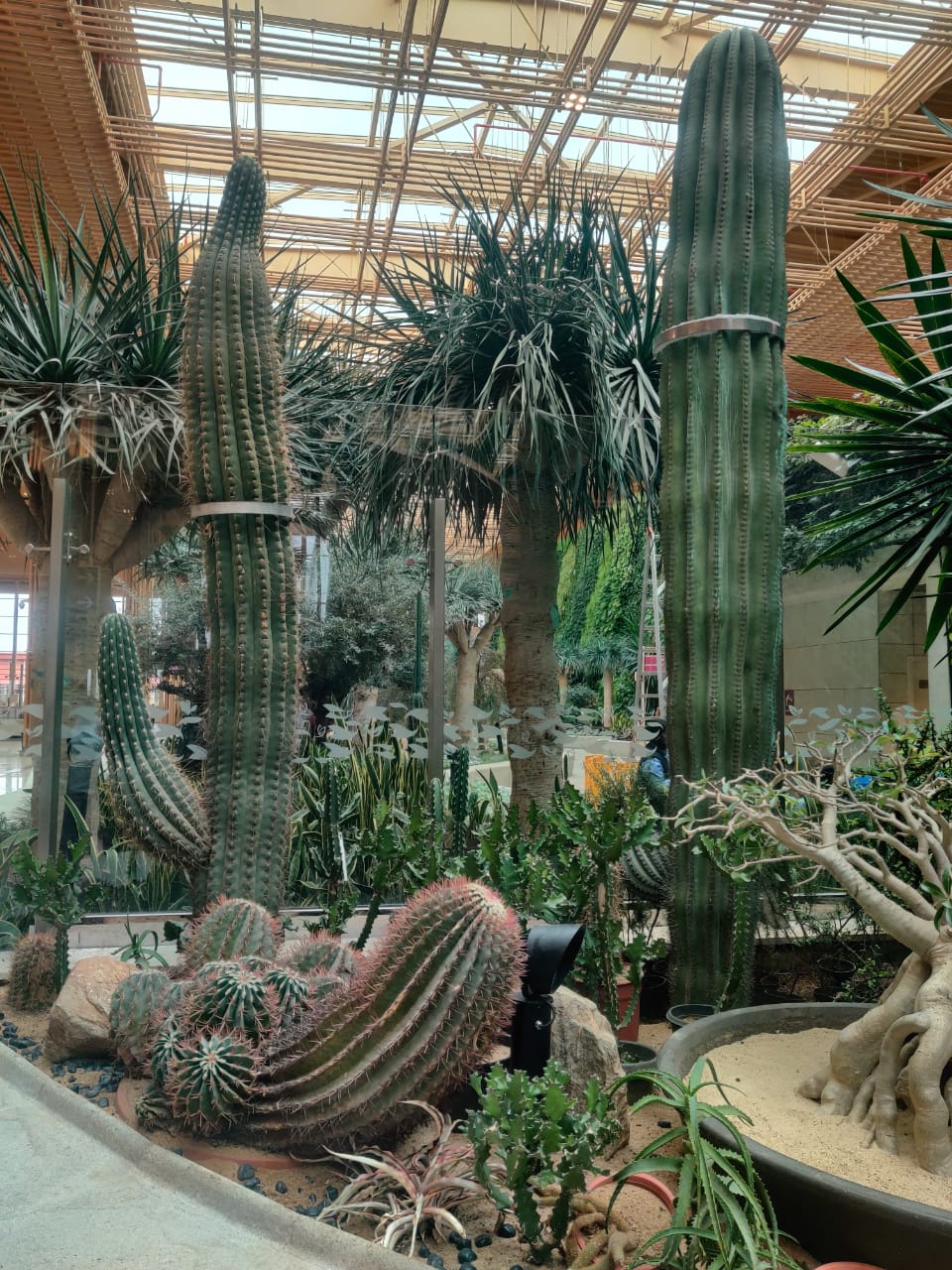 A New Standard for Green Infrastructure
A New Standard for Green Infrastructure
The largest vertical garden in India by Blanc, Tiger Wings, represents a monumental effort to preserve biodiversity while incorporating modern technology. This lush expanse showcases over 15,000 plants from 153 species, including trees over 600 years old and 180 rare, endangered, or threatened species indigenous that are native to Karnataka and the Western Ghats. T2 features over 10,000 square meters of vertical gardens, creating an atmosphere that supports biodiversity and a balanced ecosystem.
To carefully curate this verdant wall, Blanc himself explored Western Ghats forests, selecting rare plants that bring the essence of the region into the airport. This meticulous selection process, coupled with a German soilless felt system, creates an environment where plants can thrive as they would on natural cliffs and rock faces, requiring minimal maintenance and intervention.
Blanc’s innovative vertical gardening technique replaces traditional soil with layers of specially designed felt that both supports plant life and distributes water efficiently. This hydroponic approach allows for a plant density of 20-40 plants per square meter, creating a rich, thriving ecosystem without the bulk of soil-based systems.
Blanc’s design features native Ixora flowers in red, orange, yellow and white to symbolize a tiger's iconic stripes, while trailing asparagus plants evoke airplane wings, bridging the worlds of aviation and nature in a spectacular visual display.
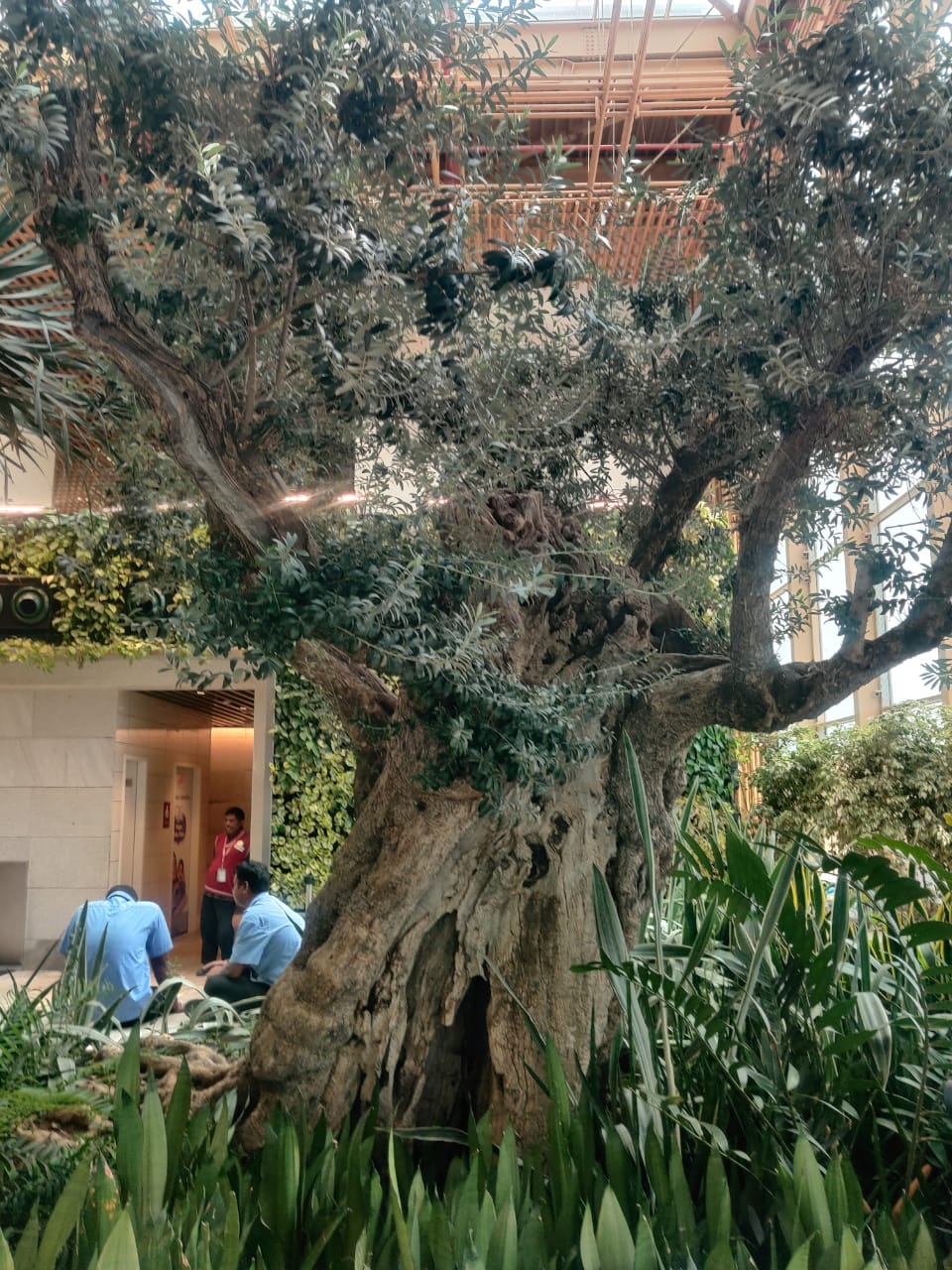 Technology and Sustainability in Action
Technology and Sustainability in Action
The vertical garden is another step by the BLR Airport in its commitment towards sustainable practices. These gardens use precisely the amount of water they need, promoting growth even in challenging vertical conditions. This hydroponic method not only sustains the garden with little intervention but also enhances air quality and contributes to a cooler, pleasant airport environment.
BLR Airport’s Managing Director and CEO, Hari Marar, describedTiger Wings as a beacon of BLR’s pioneering vision in merging sustainability with modern design. "Patrick’s innovative approach—allowing plants to grow as they would in nature with minimal intervention—was precisely what we envisioned for this space," Marar shared. "Terminal 2 was anchored by four guiding principles: Terminal in a Garden, technology, art and sustainability. This wall embodies all of them and showcases Bengaluru’s spirit."
Terminal in a Garden
By intertwining infrastructure and ecological elements, BLR Airport’s Tiger Wings sets a new standard for airports globally, demonstrating that urban spaces can serve as sanctuaries for native flora and reflect a commitment to sustainable progress. For travellers passing through T2, the vertical garden offers a moment of tranquility, a refreshing contrast to bustling airport life and a reminder of nature’s beauty and resilience.
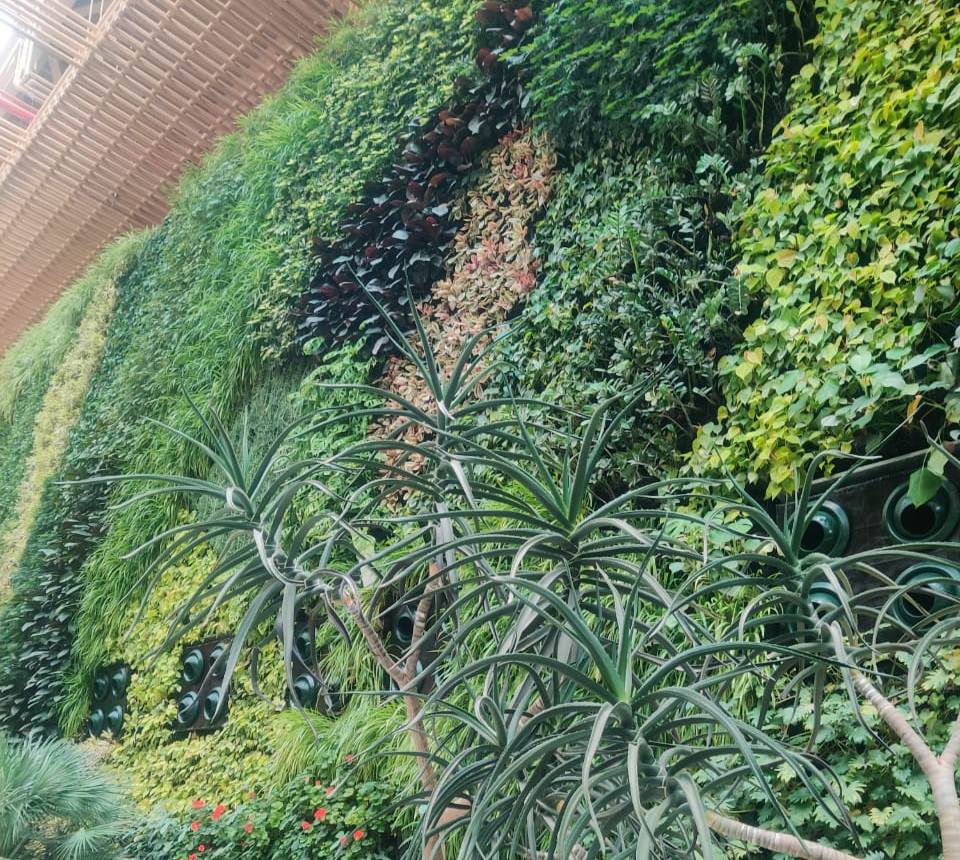 Planned as a ‘terminal in a garden’, airport has calming green spaces at areas of high stress, ‘exciting’ gardens along the journey and ‘restful’ gardens at waiting areas. The T2 terminal has carefully curated trees, both local and imported species, that leaves the passengers in awe. The concept aims to give commuters the feel of a garden as they pass through every terminal touchpoint. The outdoor garden is also full of surprises, offering the feel of a natural forest that includes water bodies and natural topography. The gardens feature distinctive plants, including native species of trees and shrubs. The installation of water bodies, rocks, digital technology, lighting and signature plants at strategic locations, like the international arrival window, add to the wholesome experience of inviting nature inside a terminal facility.
Planned as a ‘terminal in a garden’, airport has calming green spaces at areas of high stress, ‘exciting’ gardens along the journey and ‘restful’ gardens at waiting areas. The T2 terminal has carefully curated trees, both local and imported species, that leaves the passengers in awe. The concept aims to give commuters the feel of a garden as they pass through every terminal touchpoint. The outdoor garden is also full of surprises, offering the feel of a natural forest that includes water bodies and natural topography. The gardens feature distinctive plants, including native species of trees and shrubs. The installation of water bodies, rocks, digital technology, lighting and signature plants at strategic locations, like the international arrival window, add to the wholesome experience of inviting nature inside a terminal facility.
Environmental stewardship
As global transportation and climate challenges evolve, BLR Airport is making a fine case for environmental stewardship to beinterwoven with public infrastructure.With just 40 acres of landscape garden in 2008, BLR has gradually increased the green space to over 100 acres.
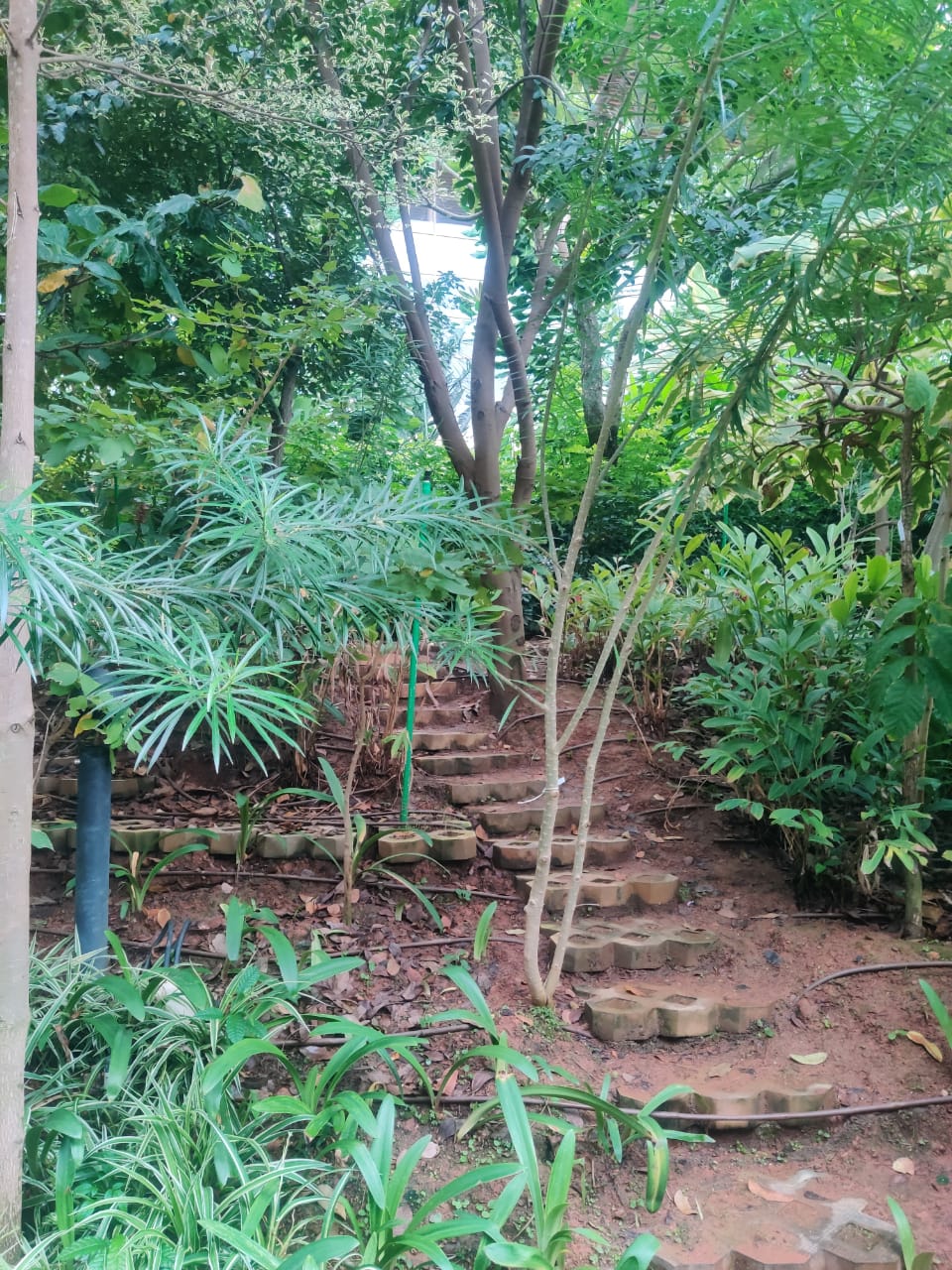 Its automated irrigation systems provide uniform water distribution to maintain its vast greenery, covering an area of over 1,22,500 square metres. What’s even more praiseworthy is the fact that its landscaping team has its own fully-fledged plant nursery to ensure a continuous supply of plants. The nursery is planning several theme-based green spaces, including an ayurvedic garden, that would be open to public in the near future.
Its automated irrigation systems provide uniform water distribution to maintain its vast greenery, covering an area of over 1,22,500 square metres. What’s even more praiseworthy is the fact that its landscaping team has its own fully-fledged plant nursery to ensure a continuous supply of plants. The nursery is planning several theme-based green spaces, including an ayurvedic garden, that would be open to public in the near future.
Currently, BLR Airport has a water positivity index of 2.36 – which means that the airport replenishes more than two times the water that it consumes. Since water conservation is a top priority in Bengaluru’s arid region, BLR Airport has adopted a water-positive approach.
The terminal itself is Platinum LEED pre-certified by the US Green Building Council, underscoring its high standards in sustainable architecture.
“We wanted to bring in a fresh perspective to our vision of sustainability, artistry and technological advancement in a way that resonates with Bengaluru’s essence.”
T2’s commitment to sustainability shines through its careful design, which harmonizes nature and infrastructure, turning the airport into more than a travel hub – a calming space that pays tribute toIndia’s foremost garden city, one that has come to be known more as the ‘Silicon City of India’ in recent years.



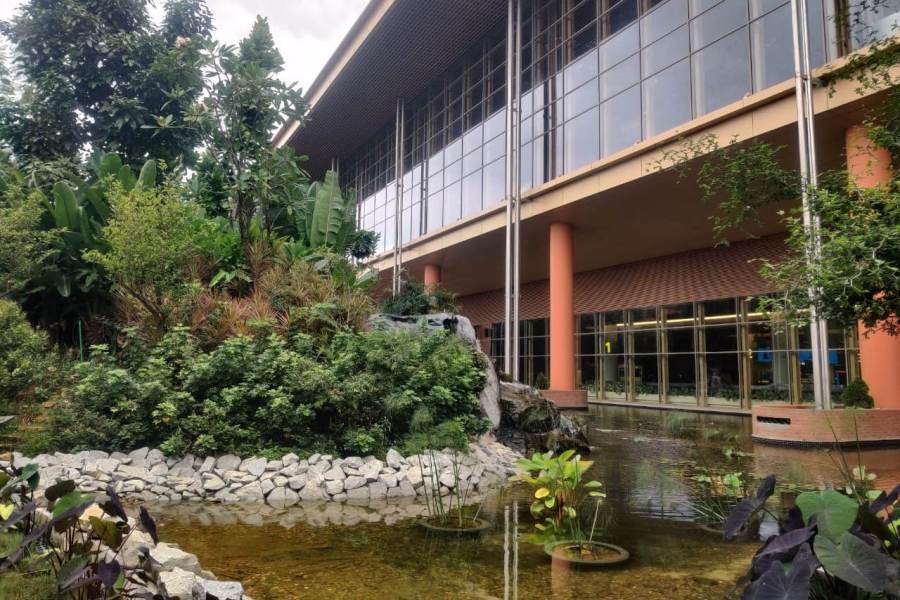
 Patrick Blanc – The Green Artist-Scientist
Patrick Blanc – The Green Artist-Scientist A New Standard for Green Infrastructure
A New Standard for Green Infrastructure Technology and Sustainability in Action
Technology and Sustainability in Action Planned as a ‘terminal in a garden’, airport has calming green spaces at areas of high stress, ‘exciting’ gardens along the journey and ‘restful’ gardens at waiting areas. The T2 terminal has carefully curated trees, both local and imported species, that leaves the passengers in awe. The concept aims to give commuters the feel of a garden as they pass through every terminal touchpoint. The outdoor garden is also full of surprises, offering the feel of a natural forest that includes water bodies and natural topography. The gardens feature distinctive plants, including native species of trees and shrubs. The installation of water bodies, rocks, digital technology, lighting and signature plants at strategic locations, like the international arrival window, add to the wholesome experience of inviting nature inside a terminal facility.
Planned as a ‘terminal in a garden’, airport has calming green spaces at areas of high stress, ‘exciting’ gardens along the journey and ‘restful’ gardens at waiting areas. The T2 terminal has carefully curated trees, both local and imported species, that leaves the passengers in awe. The concept aims to give commuters the feel of a garden as they pass through every terminal touchpoint. The outdoor garden is also full of surprises, offering the feel of a natural forest that includes water bodies and natural topography. The gardens feature distinctive plants, including native species of trees and shrubs. The installation of water bodies, rocks, digital technology, lighting and signature plants at strategic locations, like the international arrival window, add to the wholesome experience of inviting nature inside a terminal facility. Its automated irrigation systems provide uniform water distribution to maintain its vast greenery, covering an area of over 1,22,500 square metres. What’s even more praiseworthy is the fact that its landscaping team has its own fully-fledged plant nursery to ensure a continuous supply of plants. The nursery is planning several theme-based green spaces, including an ayurvedic garden, that would be open to public in the near future.
Its automated irrigation systems provide uniform water distribution to maintain its vast greenery, covering an area of over 1,22,500 square metres. What’s even more praiseworthy is the fact that its landscaping team has its own fully-fledged plant nursery to ensure a continuous supply of plants. The nursery is planning several theme-based green spaces, including an ayurvedic garden, that would be open to public in the near future.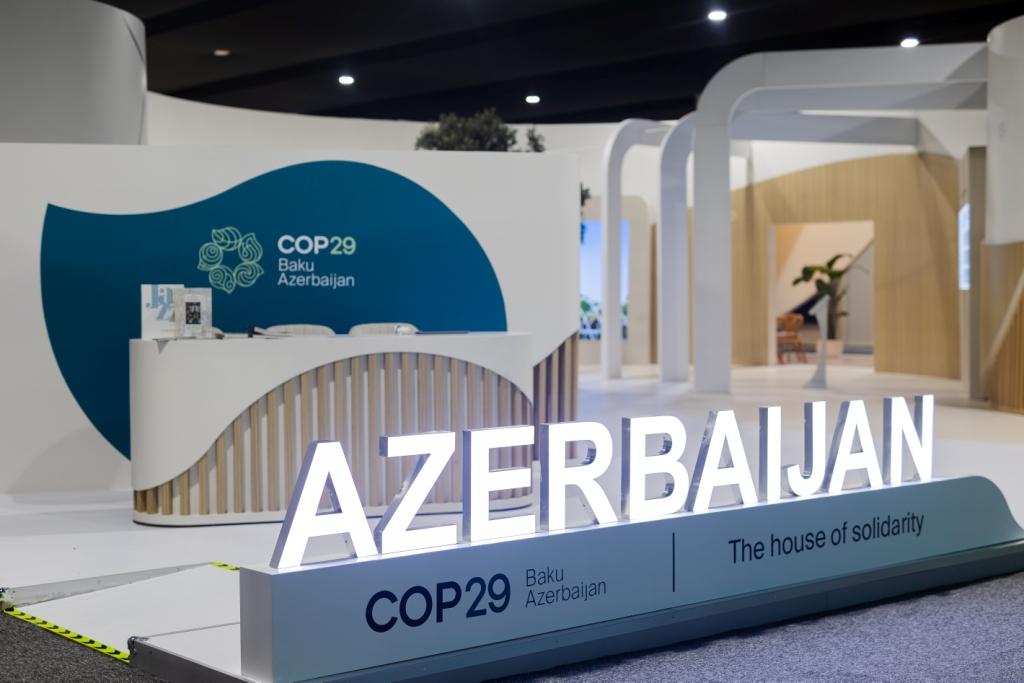


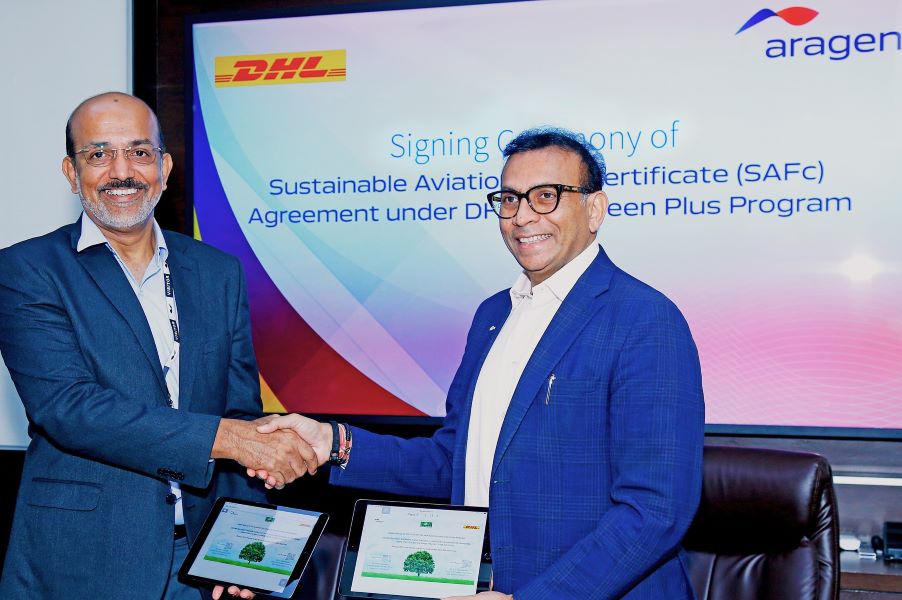

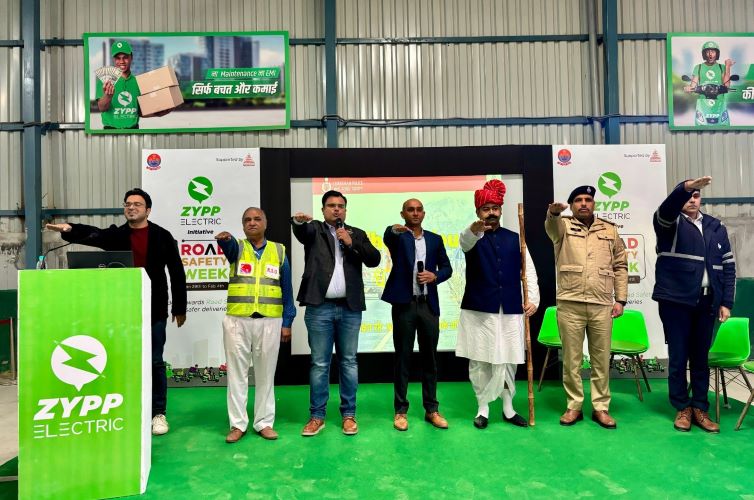



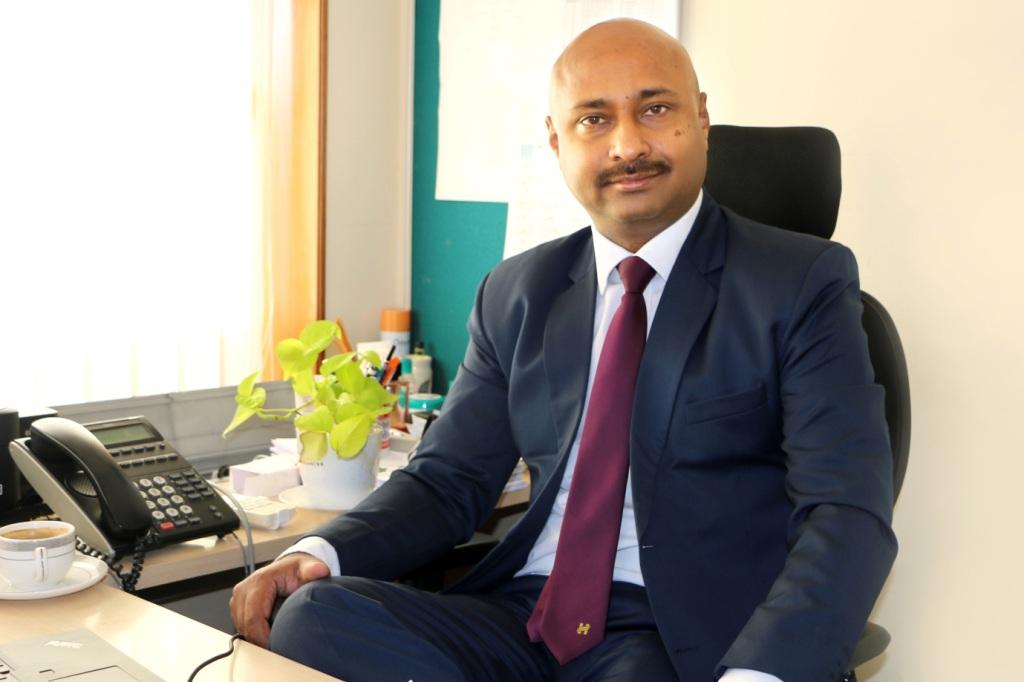

.jpg)




